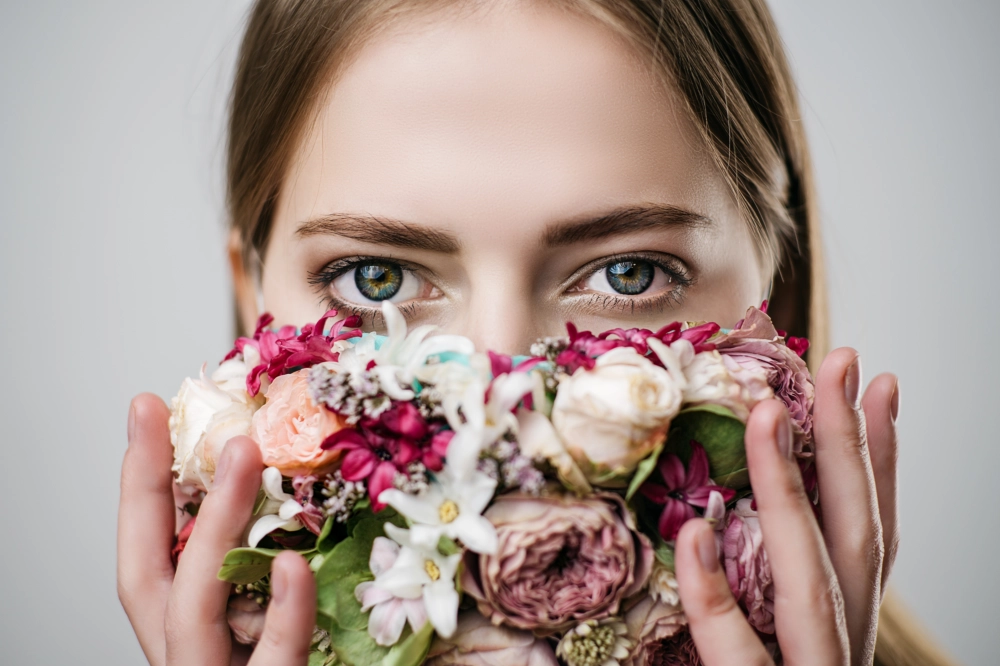Beauty brands and retailers have already begun testing gen AI. To scale these experiments quickly, beauty players should focus on high-value use cases and customize gen AI tools to meet their needs.
Beauty is no longer in the eye of the beholder; it’s at the fingertips of the generative AI (gen AI) prompter. Gen AI could add $9 billion to $10 billion to the global economy based on its impact on the beauty industry alone, and early movers have already begun testing the technology. But scaling these experiments will be challenging, given the velocity of gen AI innovation.
The gap between the laggards and leaders in the beauty industry will only grow once leaders successfully deploy gen AI at scale. The fast will become faster, more responsive, and better equipped to anticipate and deliver what consumers want, while those left behind may find it harder to hold on to slivers of market share.
Beauty players who focus on priority use cases and customizing gen AI to meet their needs can help realize the technology’s full potential. This article outlines four gen AI use cases that beauty players can prioritize, explains how to bring gen AI to the organization, and lays out a set of imperatives to support the use of gen AI in beauty over the long term.


